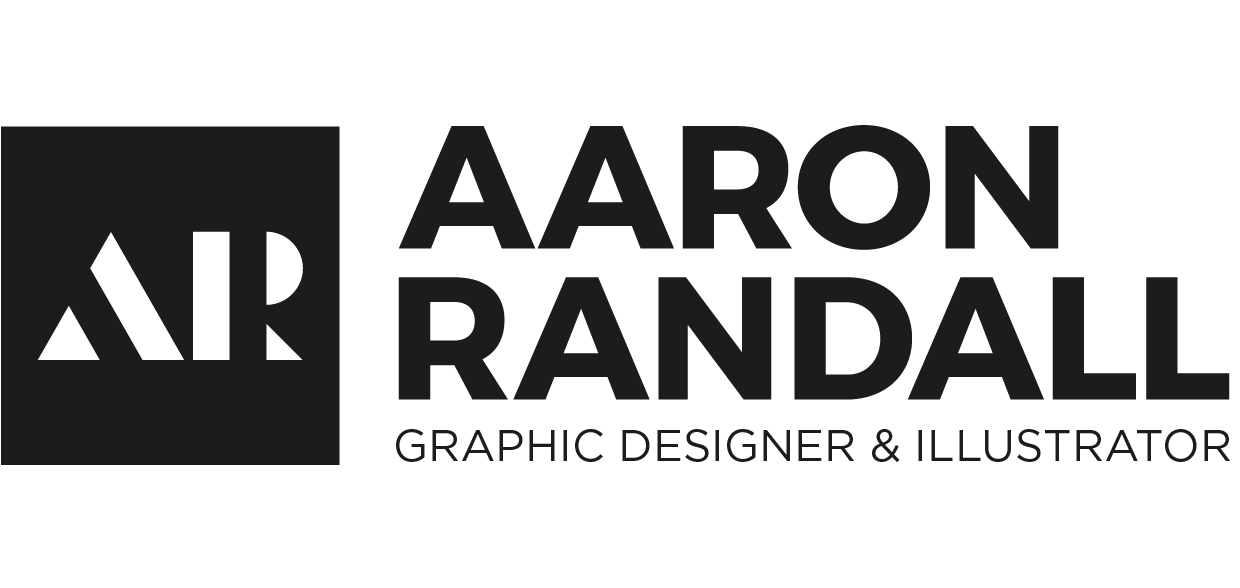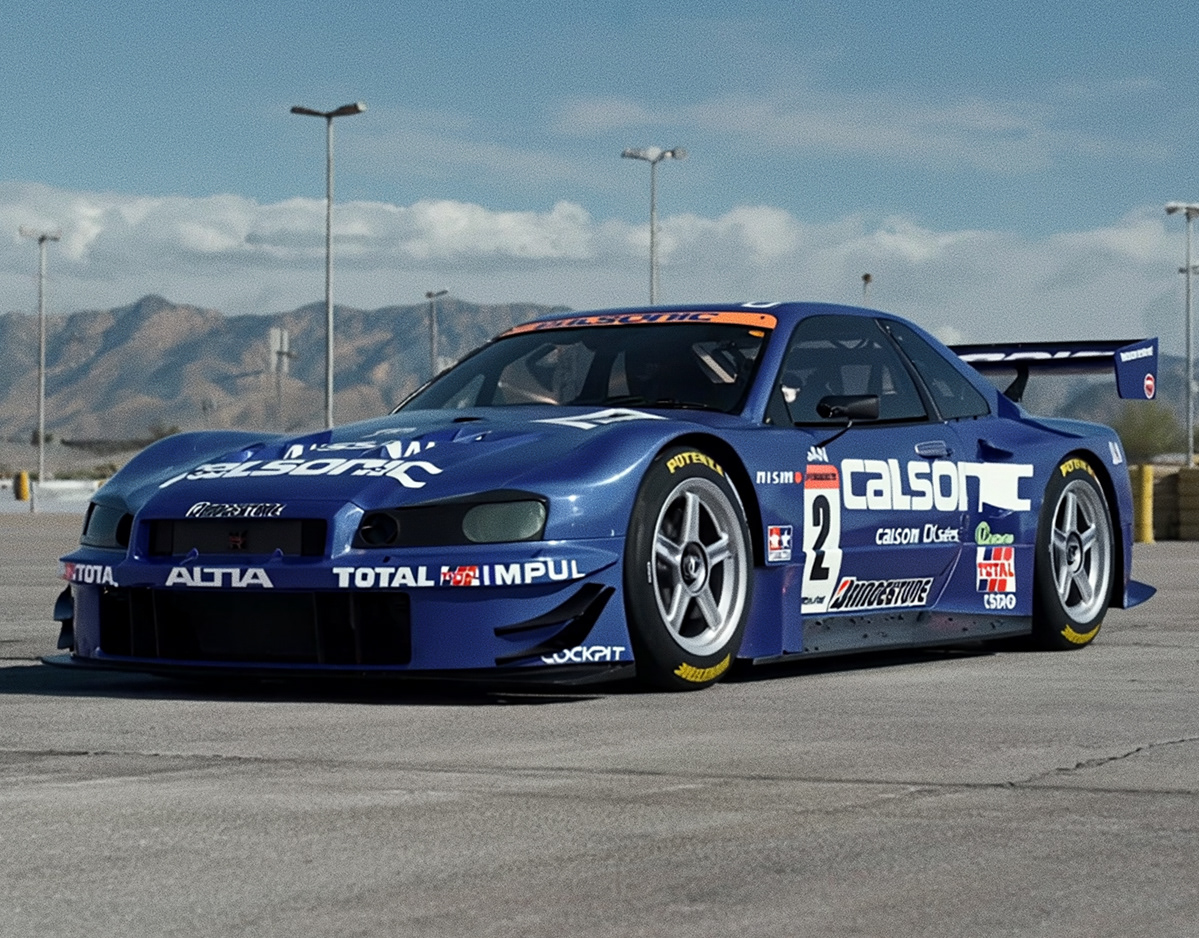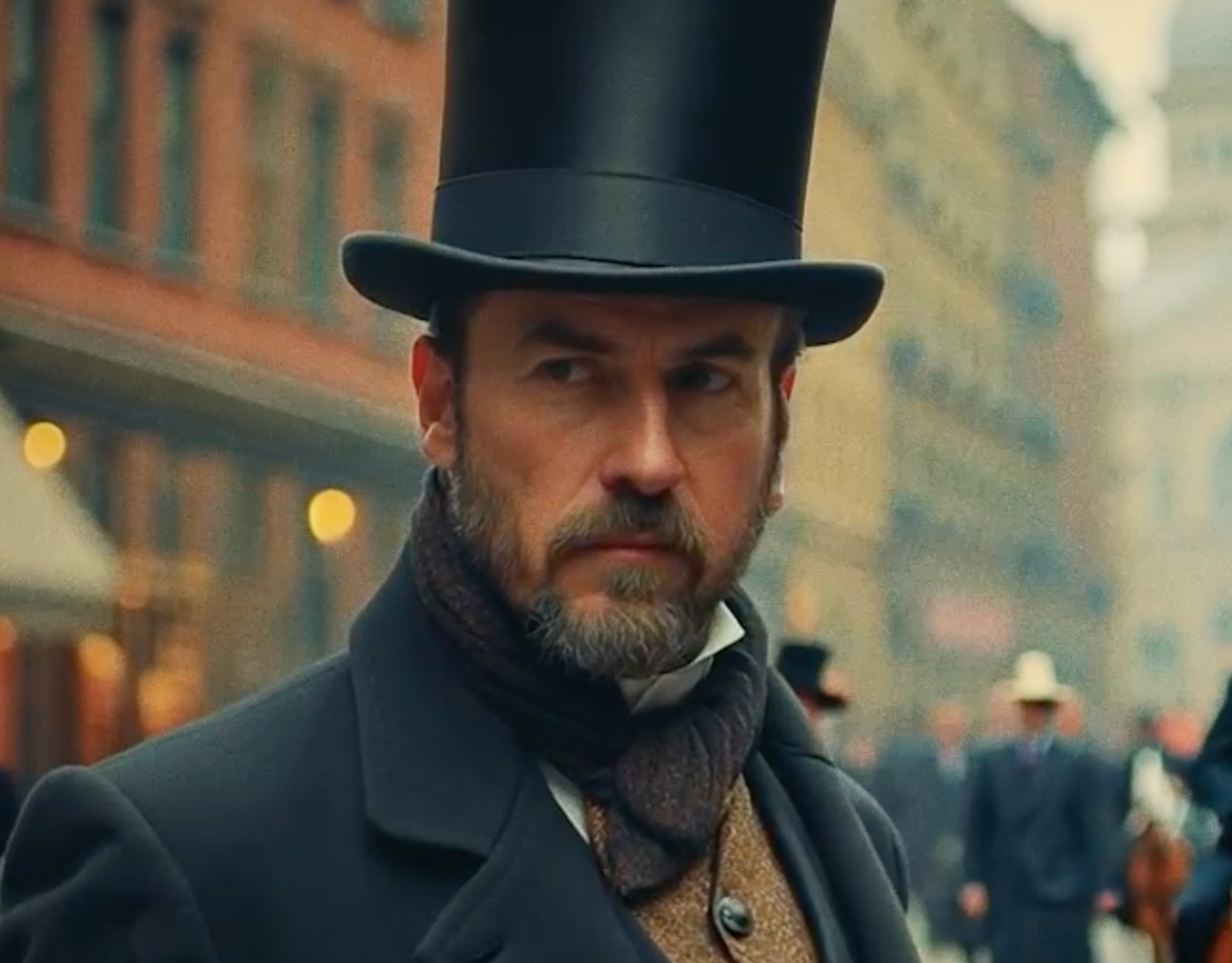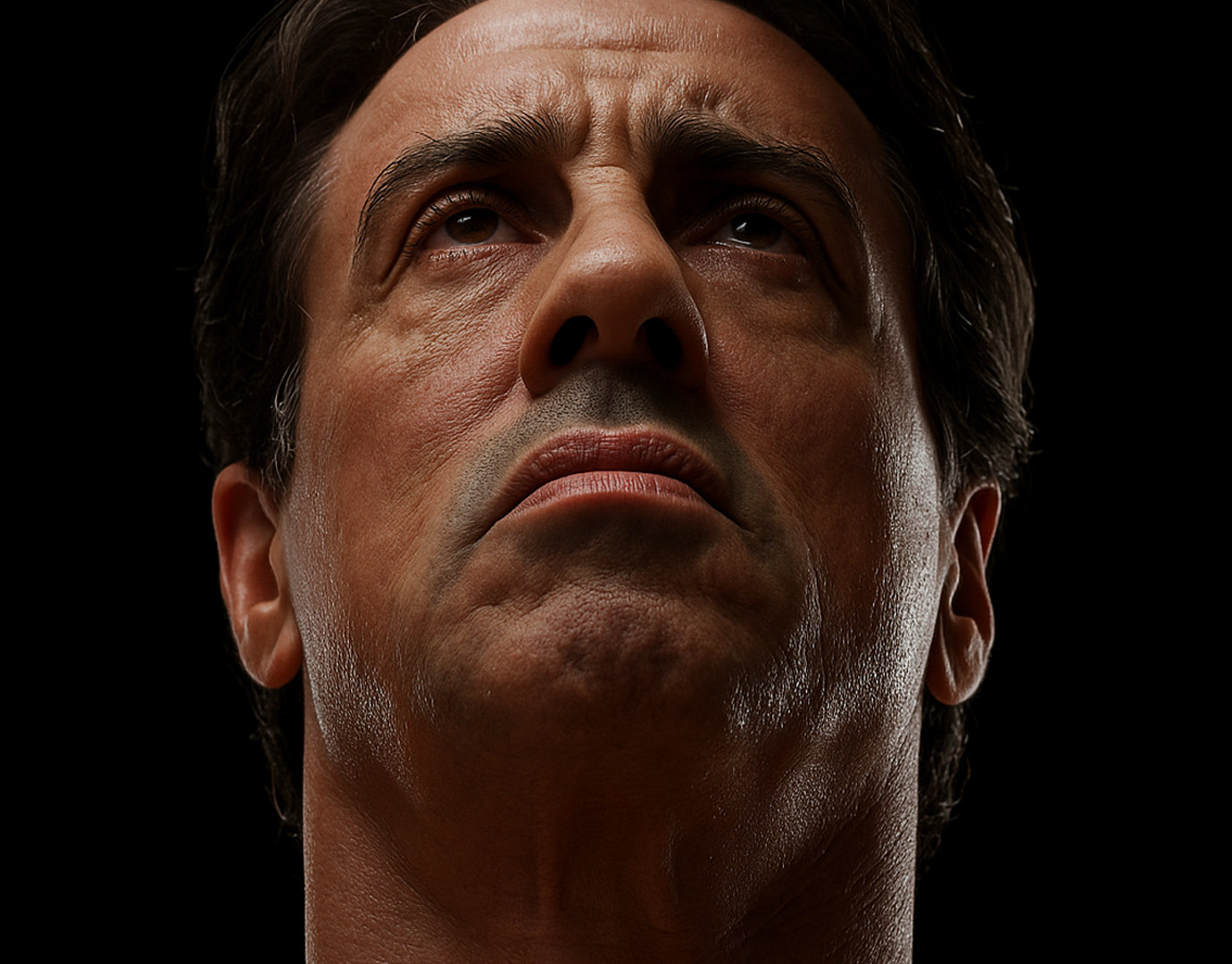The question I often ask myself is: How can I use AI in my workflow ethically? I believe I’ve found the answer. As an illustrator, I want to build on my existing skills rather than replace them. That’s why I use Vizcom, a powerful tool that transforms my sketches into 3D-like renderings while staying true to my artistic vision. One of its biggest strengths is how well the rendering adheres to my original sketch, preserving the composition and details I’ve already established.
This method allows me to stay in control of the composition and subject matter, rather than relying on the randomness of AI. I see AI as a digital assistant—a tool that helps refine ideas and spark inspiration, not something that creates for me, but with me. To maintain creative integrity, I follow an 80/20 ratio, where 80% of the work is my own, and only 20% is AI-assisted. This ensures AI remains a supporting tool, enhancing my vision without replacing my artistic decisions.
This method allows me to stay in control of the composition and subject matter, rather than relying on the randomness of AI. I see AI as a digital assistant—a tool that helps refine ideas and spark inspiration, not something that creates for me, but with me. To maintain creative integrity, I follow an 80/20 ratio, where 80% of the work is my own, and only 20% is AI-assisted. This ensures AI remains a supporting tool, enhancing my vision without replacing my artistic decisions.
SKETCH
AI 3D RENDERING
THE MAKING OF







